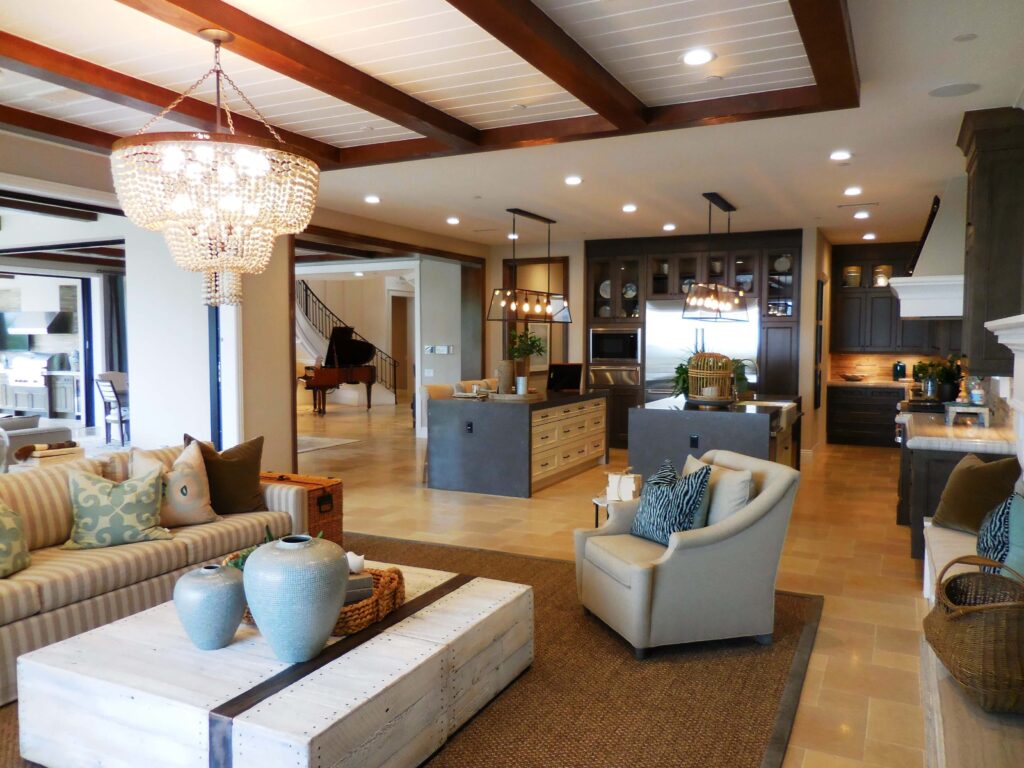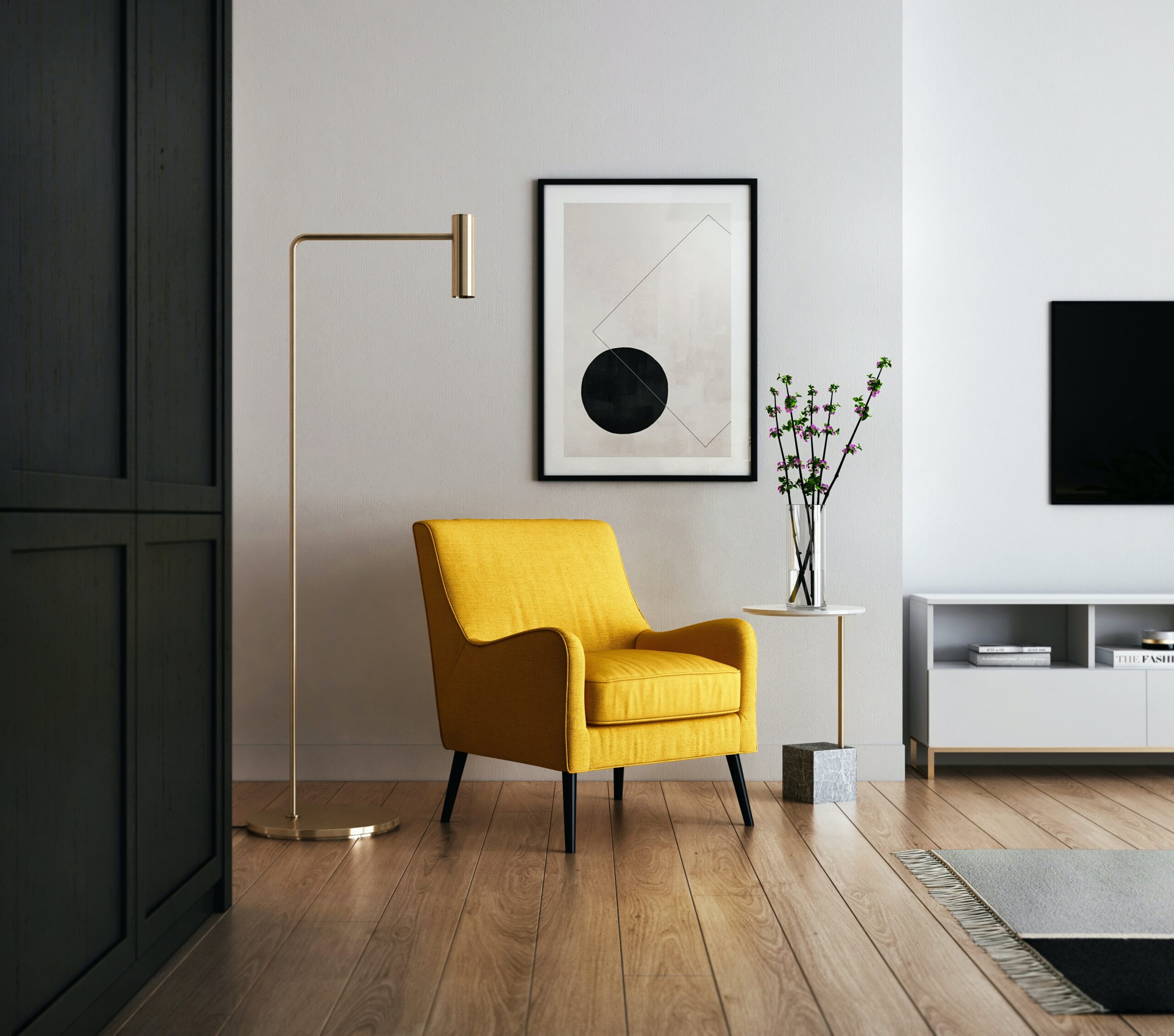Arranging and decorating your room involves considering both functional and aesthetic aspects to create a space that is visually appealing and suits your needs. Here’s a step-by-step guide to help you arrange and decorate your room:
1. Clear the Space:
- Start with a clean slate by removing everything from the room. This allows you to see the space more clearly and plan with a fresh perspective.
2. Measure the Room:
- Measure the dimensions of the room, including doors, windows, and any architectural features. This information will help you determine the scale and placement of furniture.
3. Define the Purpose:
- Determine the primary function of the room. Is it a bedroom, a living room, an office, or a multi-functional space? Knowing the room’s purpose will guide your furniture and decor choices.
4. Create a Floor Plan:
- Sketch a floor plan of the room, incorporating the measurements. Consider the placement of doors, windows, and outlets. This visual representation will serve as a guide for arranging furniture.
5. Choose a Focal Point:
- Identify a focal point in the room, such as a fireplace, a large window, or a piece of furniture. Arrange the furniture to highlight and complement this focal point.
6. Arrange Furniture:
- Place essential furniture first, such as the bed in a bedroom or the sofa in a living room. Arrange furniture to facilitate easy traffic flow and ensure that the room feels balanced.
7. Consider Balance and Symmetry:
- Aim for visual balance in the room. Arrange furniture symmetrically if that suits your style, or create asymmetrical balance by distributing visual weight evenly.
8. Create Zones:
- Divide the room into functional zones based on its purpose. For example, in a living room, you might have a seating area, an entertainment zone, and a reading nook.
9. Select a Color Scheme:
- Choose a color scheme that complements the room’s purpose and your personal style. Consider the psychological impact of colors and use them to create the desired atmosphere.
10. Add Lighting:
- Incorporate a mix of lighting types, including overhead lighting, task lighting, and ambient lighting. Consider floor lamps, table lamps, and wall sconces to enhance the room’s atmosphere.
11. Accessorize:
- Add decor items such as throw pillows, rugs, artwork, and plants to enhance the room’s aesthetic. Be mindful not to overcrowd the space; select accessories that complement the overall design.
12. Personalize the Space:
- Incorporate personal touches, such as photographs, artwork, or items that hold sentimental value. This makes the room feel more like your own.
13. Consider Storage Solutions:
- Integrate storage solutions to keep the room organized. This is especially important in bedrooms and smaller spaces.
14. Experiment and Adjust:
- Don’t be afraid to experiment with furniture arrangements and decor. It’s okay to move things around until you find a layout that feels right.
15. Seek Inspiration:
- Look for inspiration in interior design magazines, online platforms, and social media. Consider different styles and incorporate elements that resonate with you.
16. Budget Wisely:
- Prioritize your spending on key pieces and decor items. Be mindful of your budget and look for affordable alternatives or DIY projects.
17. Create a Cozy Atmosphere:
- Consider adding elements that create a cozy and inviting atmosphere, such as soft textiles, comfortable seating, and warm lighting.
Remember that your room should reflect your personality and preferences. Take the time to experiment with different arrangements and decor elements until you achieve a look that you love and that suits the functionality of the space.

